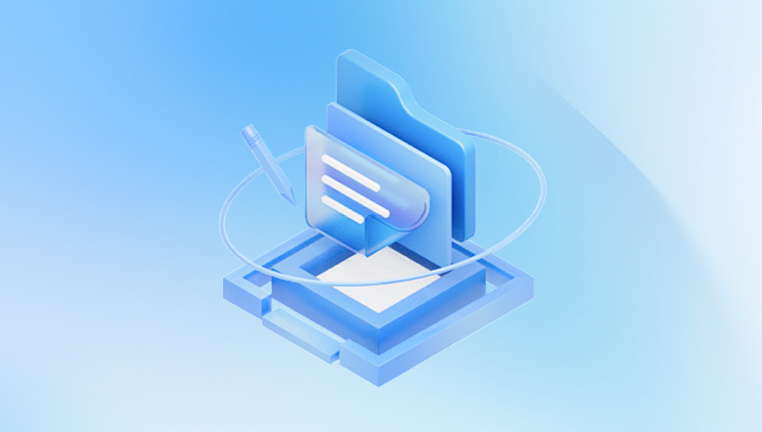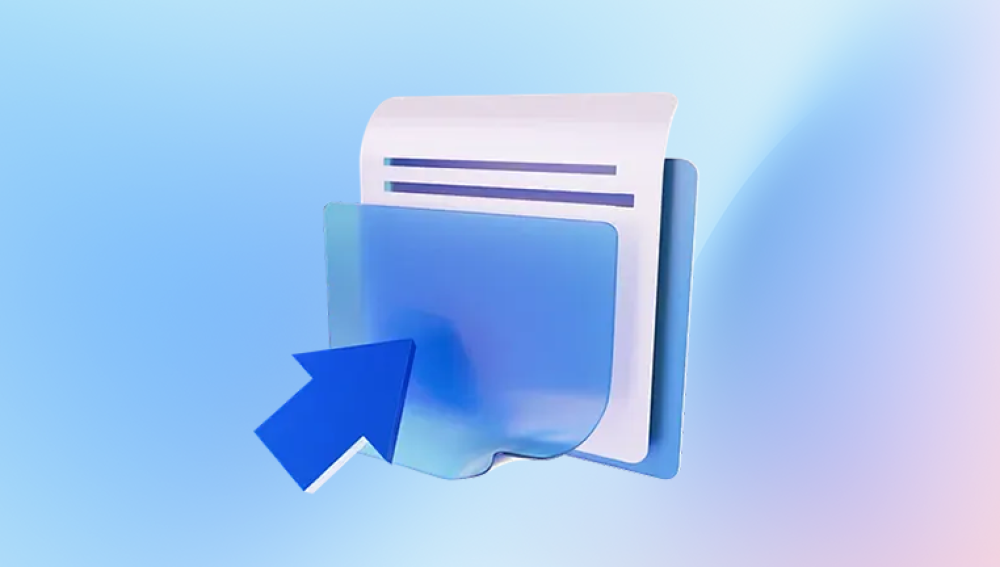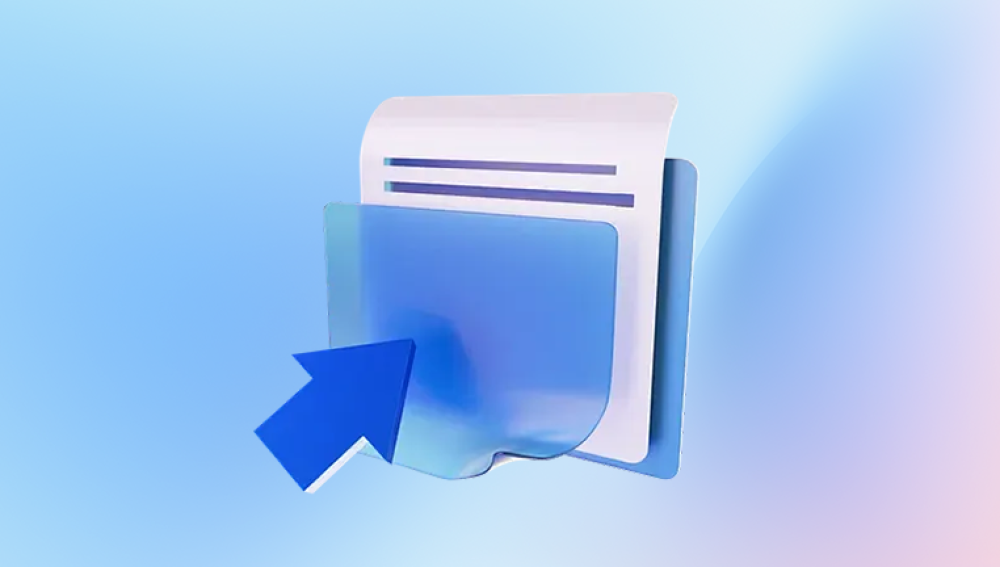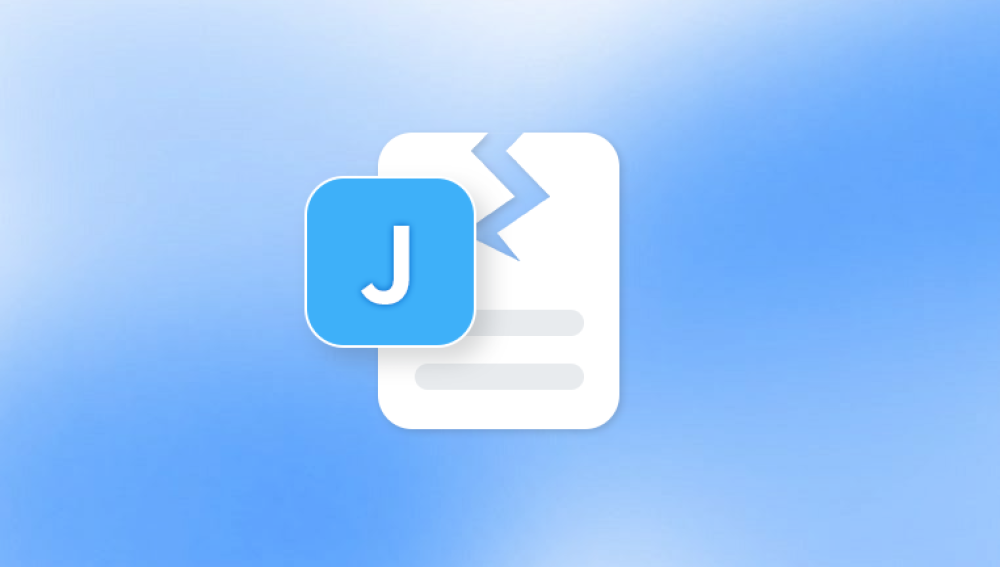Corrupted files are a frustrating problem that can cause everything from minor inconveniences to major data loss. Whether it’s a document that won’t open, a photo that appears broken, or a system file that prevents your operating system from working properly, corruption can stop you in your tracks.
1. File Corruption
Before you start checking for corrupted files, it’s essential to understand what corruption means.
A corrupted file is one whose structure or data has been damaged in such a way that it becomes partially or entirely unreadable to the software that’s supposed to open it. This can happen to any type of file — documents, images, videos, system files, and more.
Corruption typically occurs when something interrupts the process of writing, reading, or saving data. This can be caused by:

Power failures during saving or transfer
Improper shutdowns
Faulty storage devices (hard drives, SSDs, SD cards, USB drives)
Bad sectors on a disk
Malware infections
Software crashes
Hardware failures
2. Common Symptoms of Corrupted Files
While not every corruption is obvious at first, certain red flags often appear:
Files refuse to open at all
Error messages appear when trying to open a file (e.g., “The file is damaged or corrupt”)
Media files (images, videos, audio) have glitches such as missing parts, strange colors, or distorted sound
Documents display unreadable characters or missing content
Programs crash when trying to access the file
The file size changes unexpectedly (too small or unusually large)
Recognizing these signs early helps you decide whether to attempt a repair or replace the file from a backup.
3. Why Checking for Corrupted Files Matters
Corrupted files aren’t always isolated. Sometimes, they indicate a deeper issue — like a failing storage device — that could lead to wider data loss. Detecting and fixing them early can:
Prevent further corruption
Help you recover lost information
Alert you to hardware or software problems before they worsen
Improve computer performance and stability
4. Methods to Check for Corrupted Files
The method you use depends on your operating system and the type of file you suspect is corrupted.
4.1 Checking for Corrupted Files on Windows
Windows offers built-in tools for detecting file corruption, especially for system files.
A. Using System File Checker (SFC)
The System File Checker scans protected Windows system files for corruption and attempts to replace them with correct versions.
Open Command Prompt as Administrator
Search for cmd in the Start menu.
Right-click and select Run as administrator.
Run the scan
Type:
bash
CopyEdit
sfc /scannow
Press Enter.
Review results
If corruption is found, SFC will attempt to repair it automatically.
You’ll see one of the following results:
No integrity violations found
Corrupt files repaired
Corrupt files found but could not be fixed (you may need DISM — see below)
B. Using DISM (Deployment Imaging Service and Management Tool)
If SFC cannot repair some files, DISM can check the health of the Windows image.
Open Command Prompt as Administrator.
Type:
swift
CopyEdit
DISM /Online /Cleanup-Image /RestoreHealth
Press Enter and wait for the process to complete.
C. Checking for Disk Errors
Sometimes, file corruption comes from disk errors.
Open Command Prompt as Administrator.
Type:
bash
CopyEdit
chkdsk C: /f /r
(Replace C: with the drive letter you want to scan.)
Press Enter and follow prompts to schedule a scan.
D. Using Third-Party Tools
Panda Repair
Panda Repair is a specialized tool designed to fix corrupted files that have become inaccessible or unusable due to software errors, hardware issues, or storage device problems. Whether the corruption happened because of an unexpected shutdown, malware attack, file transfer errors, or damage to the storage media, Panda Repair works to restore the file’s structure so it can be opened and used again.
One of Panda Repair’s strengths is its wide file format support. It can repair documents (Word, Excel, PowerPoint, PDF), images (JPG, PNG, TIFF, RAW), videos (MP4. MOV, AVI, MKV), and more. This versatility makes it suitable for both personal and professional needs, whether you are salvaging family photos, important work documents, or critical project files.
Using Panda Repair is straightforward:
Recover or locate the corrupted file on your computer or storage device.
Open Panda Repair and load the corrupted file into the program.
Run the repair process, where the software scans the file, detects structural issues, and reconstructs the damaged portions.
Preview the repaired file to confirm the fix.
Save the restored version to a safe location, ideally on a different drive.
4.2 Checking for Corrupted Files on macOS
Mac users also have built-in ways to check file integrity.
A. Using Disk Utility
Open Disk Utility (Applications > Utilities).
Select your main drive.
Click First Aid and confirm to run it.
Disk Utility will check for and attempt to fix file system issues.
B. Using Terminal Commands
Mac’s fsck command can be run in Single User Mode to check and repair disks.
C. Verifying File Integrity with Checksums
For individual files, you can compare a file’s checksum against a known good value using:
css
CopyEdit
shasum -a 256 filename
4.3 Checking for Corrupted Files on Linux
Linux users have robust file-checking tools built in.
fsck — Checks and repairs file systems.
md5sum / sha256sum — Compares file integrity via checksums.
badblocks — Checks for physical bad sectors on storage devices.
4.4 Checking Specific File Types
Sometimes, you only need to check one file instead of your whole system.
Documents: Try opening them in different programs; use file repair tools like Panda Repair for damaged documents.
Images: View in multiple image viewers; try metadata repair tools.
Videos: Use players like VLC that can attempt repairs; check codecs.
Compressed files (ZIP, RAR): Use built-in archive repair functions or tools like WinRAR’s Repair feature.
5. How to Prevent File Corruption in the Future
While no system is 100% safe from corruption, these steps greatly reduce the risk:
Keep multiple backups (local + cloud)
Use reliable storage devices and replace aging drives
Avoid sudden power-offs — use an uninterruptible power supply (UPS)
Keep your system free from malware with antivirus protection
Save and close files properly before shutting down
Regularly update your OS and applications
Monitor drive health using diagnostic tools
6. Repairing Corrupted Files
If you’ve found corrupted files, your next step is to repair them if possible.
Windows: Use SFC/DISM for system files; third-party repair tools for documents/media
Mac: Restore from Time Machine backup or use Disk Utility repairs
Linux: Use fsck for file systems, backup replacements for corrupted files
Third-party solutions: Tools like Panda Repair can rebuild damaged file structures for documents, images, and videos
7. When to Seek Professional Help
If corruption is widespread or linked to a failing storage device, professional data recovery services might be necessary. These experts can retrieve files even from heavily damaged drives using specialized equipment.
8. Final Thoughts
Checking for corrupted files is a proactive step that can save you from losing valuable data. By using built-in system tools, third-party repair software, and smart prevention habits, you can keep your files healthy and recover them when problems arise.




